Today, there are multiple ways to access the Internet, or more precisely, various types of online connections. In addition, trends such as teleworking and streaming entertainment continue to increase bandwidth requirements. To enjoy quality services, it is important to understand the differences between DSL, cable, fiber optics and even mobile telephony, which has also become a means of connecting to the Internet.
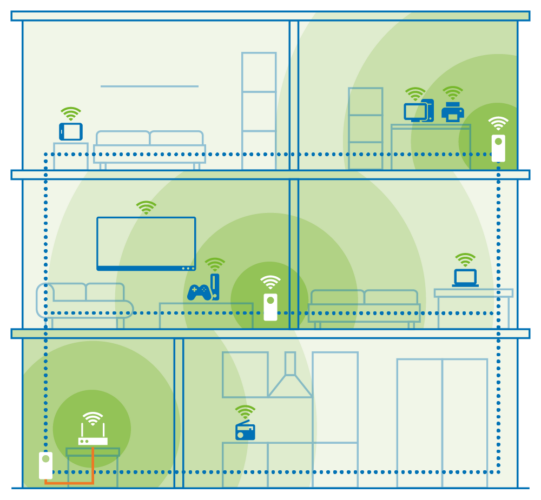
(V)DSL
DSL is the traditional method of connecting to the Internet. Using existing copper telephone lines, DSL (Digital Subscriber Line) allows theoretical transfer speeds of up to 300 Mbps thanks to technical advances such as VDSL (Very High-Speed Digital Subscriber Line). Modern DSL contracts for individuals generally offer maximum download speeds of 100 to 250 Mbps, depending on the state of the home network.
One of the main advantages of ADSL is its ease of access, as an Internet connection via ADSL is possible in almost every home without additional work. However, data transfer speeds are more limited compared to other types of connections. In addition, the performance of the connection depends heavily on the distance between the home and the nearest telephone exchange. The quality of the connection can also vary depending on the load on the local telephone network.
Optical fiber
Fiber optic connections are now considered the gold standard for high-speed Internet access. They use fiber optic cables instead of traditional copper cables. This technology offers a much more robust signal transmission that is less susceptible to interference, allowing for significantly higher transmission rates of up to several tens of Gbps.
The available transmission rate in a given situation directly depends on the state of local fiber optic deployment. In some areas, fiber optics may stop at the nearest distribution box, while the “last few meters” to the home router are still covered by copper cables, which reduces the possible data rate. There are mainly three levels of deployment:
- FTTC (Fiber to the Curb): The fiber optic connection extends to the distribution cabinet “at the curb”. After that, bridging by telephone cable slows down significantly.
- FTTB (Fiber to the Building): The fiber optic connection extends to the house. In the house, either telephone cables or network cables are used. The possible data rate therefore depends on the cabling in the building.
- FTTH (Fiber to the Home): The fiber optic connection extends uninterrupted to the private connection socket and thus enables the fastest transmission.
The strong dependence on the development of the local infrastructure is the main weakness of fiber optics – because a fiber optic connection does not automatically mean gigabit broadband. In principle, however, fiber optics is the future of broadband connections.
Cable
The name of this type of Internet connection may seem misleading, as cables are used for almost all online connections. However, this term refers specifically to the use of television cables. Based on the DOCSIS standard, this connection theoretically allows for gigabit speeds.
Cable connections are distinguished above all by their ease of access: if cable television is available at home, the same line can often be used for the Internet. However, this method has a major disadvantage: all connected households share the available bandwidth of the line, which is used for both the Internet and television. As a result, the load varies greatly during the day, and significant speed losses can occur during peak television times.
Mobile telephony: LTE and 5G
Modern mobile telephony networks, such as LTE and 5G, achieve such high transfer rates that they are also suitable for an Internet connection at home. LTE networks enable data transfers of up to 300 Mbps, while 5G networks can reach speeds in the gigabit range. However, these theoretical speeds are not always achieved in practice. The networks are not uniformly developed everywhere, and mobile networks are very sensitive to disruptions. Therefore, mobile telephony is mainly recommended as a backup solution in the event of an Internet access failure and only becomes a real alternative if other types of connection are not available at home. In any case, it is crucial to carefully consider the costs, because intensive use of high-speed mobile telephony is usually much more expensive than a classic Internet connection.
Satellite
Satellite Internet connections offer a viable alternative for accessing the Internet, especially in areas where traditional infrastructure such as fiber optics and DSL are not available. Satellites in geostationary or low-Earth orbit provide Internet connections with speeds of up to 100 Mbps or more, as we have seen with Starlink. One of the main advantages of satellite Internet is its near-global coverage, which makes it particularly useful in rural or remote areas. However, this technology also has some notable drawbacks. High latency times, due to the distance that signals must travel between Earth and the satellite, can affect real-time activities such as online gaming or video conferencing. Additionally, weather conditions can disrupt signal quality. Finally, cost can be a deterrent, both in terms of initial installation and monthly fees, which are often higher than those of traditional terrestrial connections. So, while satellite internet is a must-have option for some, it’s crucial to carefully assess its limitations and costs before committing. Unleash the full potential of your connectionWhen thinking about home internet, one crucial element to consider is that the bandwidth available at home doesn’t automatically reach devices like computers, smart TVs, or lossless game consoles. In other words, a weak home network can slow down even high-speed connections, turning video conferencing and online streaming into choppy experiences. For example, I’ve had fiber optics at home for a few days now (finally!). If my box is showing me a speed close to 2Gbps:
Optimal connection on my router!
My computer does not exceed the gigabit:
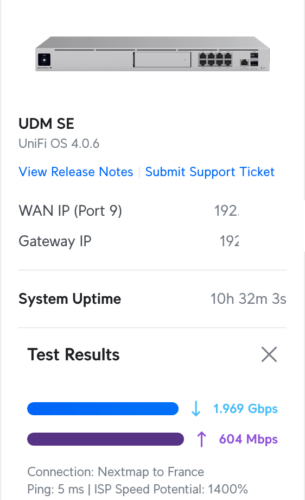
On the one hand, my computer only has a gigabit network card. Fortunately, it is possible to add a more powerful network card, simply by using a USB adapter, such as
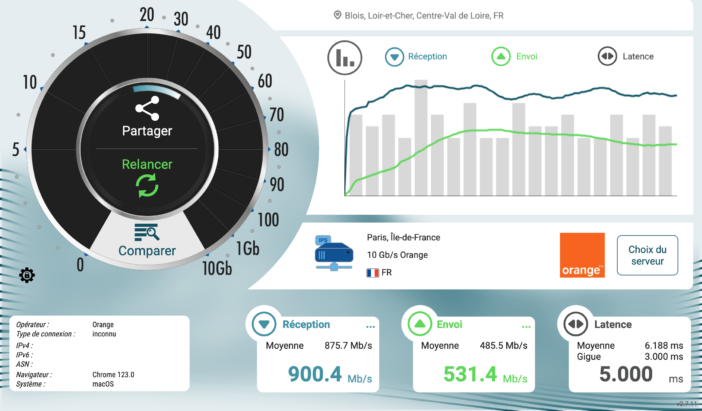
. Despite this addition, my speed was still limited: my network switch distributing the internet throughout the home is also limited to 1Gbps. To take advantage of the 2Gbps of my fiber connection, I will therefore have to replace it too with a more powerful model (2.5 or even 10Gbps).
And we are only talking about a wired connection here, to maintain the best possible quality. In Wifi, you will have to make sure you have cutting-edge equipment. Here, despite my 2Gbps fiber connection, and a relatively recent Wifi 6 connection (antenna side but also smartphone), the speed is capped at 166Mbps, or barely 10% of my available speed!
So, even if you have an ultra-fast connection, if the network architecture in the house is a little old, it will not be possible to take advantage of this connection in the best conditions. Which also leads some customers to complain to their operator because they do not have the speed promised by their operator! In reality, they have it, but their internal network does not support it. Fortunately, there are solutions that allow you to do without any work.
This is particularly the case at
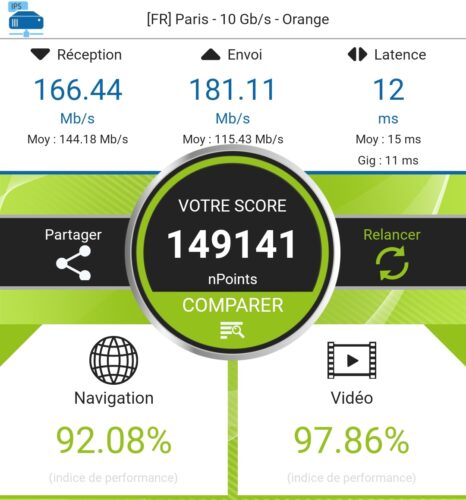
Devolo
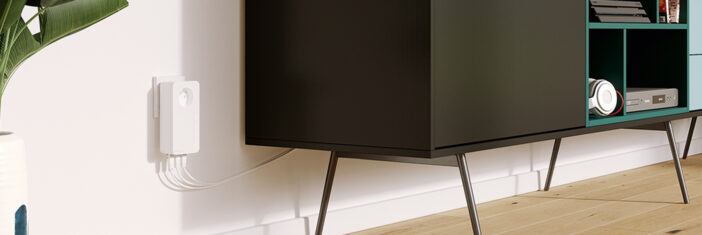
, an expert for over 20 years in network connections, and in particular CPL adapters, which allow the Internet to be transmitted through the electrical, telephone or coaxial lines already present in the home. These devices have reached such a level of maturity that they allow you to enjoy a fiber connection anywhere in the house. https://www.youtube.com/watch?v=zpM3h-4edPwWe will soon come back in more detail on some particularly efficient models. If you are already equipped on your side with efficient solutions, do not hesitate to share in comments, I am in full exploration of all this for my personal needs :)

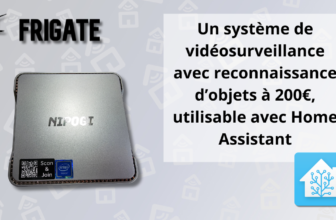


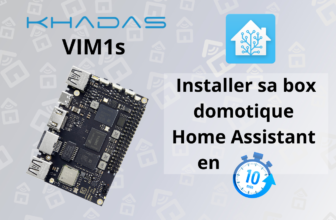

Please remain courteous: a hello and a thank you cost nothing! We're here to exchange ideas in a constructive way. Trolls will be deleted.